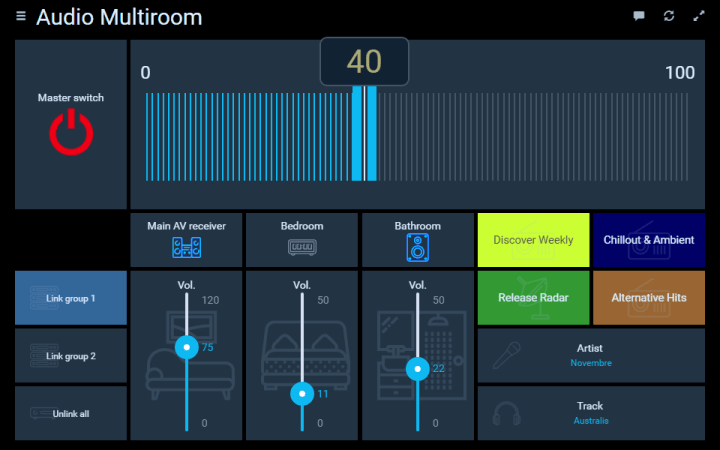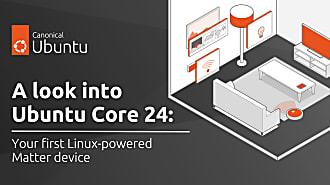Nathan Hart
on 24 March 2022
The Evolution of the Smart Home: How it Started [Part 1]
A brief history
Smart home technology has long been the subject for futurists predicting robot butlers and the like. While we may not have “The Jetsons” style tech available to us just yet, smart home technology has come a long way in recent years.
Let’s take a look back at the journey of smart home technology, uncover some of the trends in this industry’s development, and take stock of where we are now.
1970s, the X10 revolution
Smart home technology, as we know it today, began in 1975 with the invention of X10. X10 is a communication protocol that uses a home’s AC wiring to enable communication between devices and control modules installed in the home. While advanced for their time, these systems tended to be expensive and often required professional installation. X10 opened up the possibility of remote control for hundreds of devices. But it had many problems. It was slow, completely unencrypted, and unreliable due to signal loss and interference. If your neighbour had an X10 system, it’s possible they could end up turning your lights on and off as well as their own!

As the internet gained popularity in the 90s, more devices became available, but they were still part of proprietary — and expensive — systems. The internet enabled remote access to smart home systems, but these systems retained many properties of X10 — centralised control, wired devices, simple automations. While some of the innovations of this era, such as this microwave/banking system, were laughable, others, such as this smart home concept from Microsoft, were remarkably prescient.
2000s, the beginning of wireless
In the early 2000s, wireless technologies such as Z-wave and Zigbee unlocked previously impossible smart home capabilities. With no cables to route through walls, smart homes were now for the DIY crowd. This era saw a proliferation of competing standards and even more proprietary, incompatible systems, but it also marked the first steps towards security in the smart home. Both Zigbee and Z-wave have supported encrypted communication since the beginning.

Despite the competing standards of this era, the Z-Wave alliance remains a great example of companies working together to promote interoperability. There are now thousands of certified Z-wave devices on the market, which all work together by design.
Smart home today, going open source
Smart home systems today are more open to the end user than ever before. While the smart homes of yesterday were expensive, rigid systems, smart home systems today can be quite budget friendly and extendable by the end user. The DIY community of smart home enthusiasts has grown rapidly in this current era, with open source projects, such as openHAB and Home Assistant showing how open source software can be a perfect match with the smart home.

The openHAB appliance gives access to some powerful automation, such as multi-room audio
Despite all of these advances, smart home technology is still criticised for its lack of universal standards, its unreliability, and the spotty security of devices and hubs that are all too often released only to be left unmaintained and unsupported. In a business where margins can be low, the cost of supporting devices in the field can be too high. Devoting software engineers to maintaining and patching existing software is expensive. Using a secure, reliable OS like Ubuntu Core can reduce those maintenance costs, and free engineers up to focus on R&D instead of maintenance.
Stay tuned for parts two and three – current trends and future predictions in the smart home space. We’ll cover a variety of topics, including:
- The next generation of wireless protocols
- Security in the smart home space
- New efforts to standardise smart-home communications
- How we interact with smart home tech



